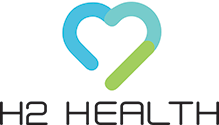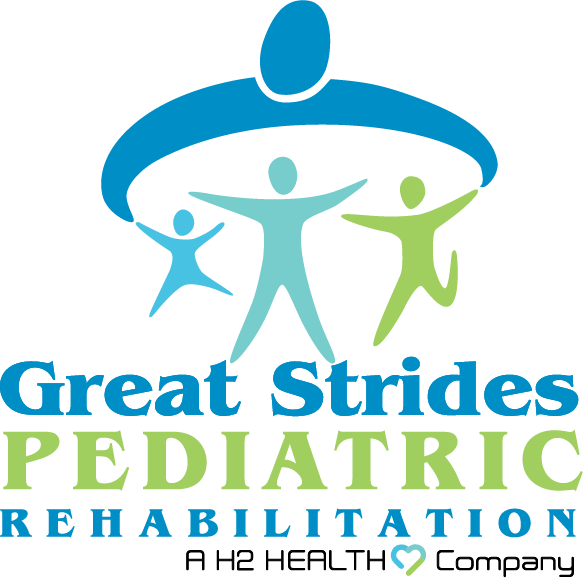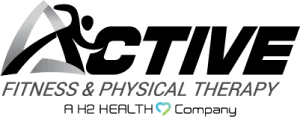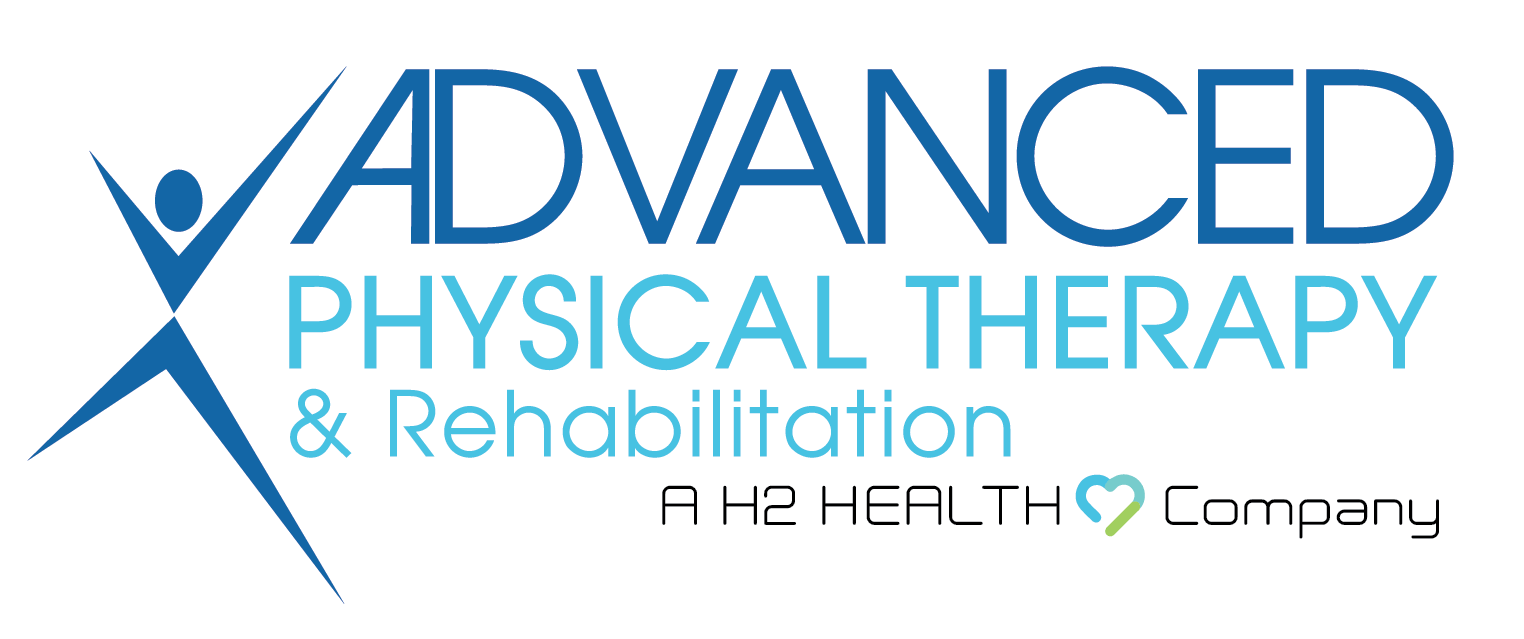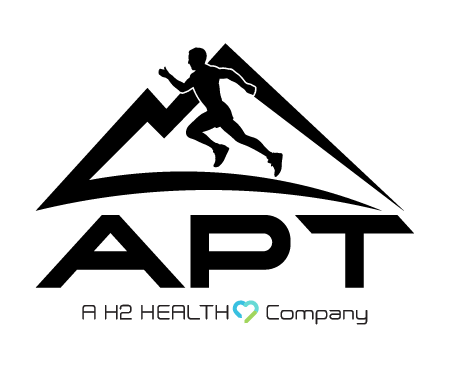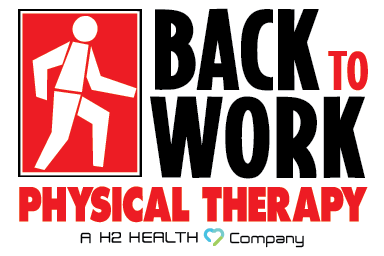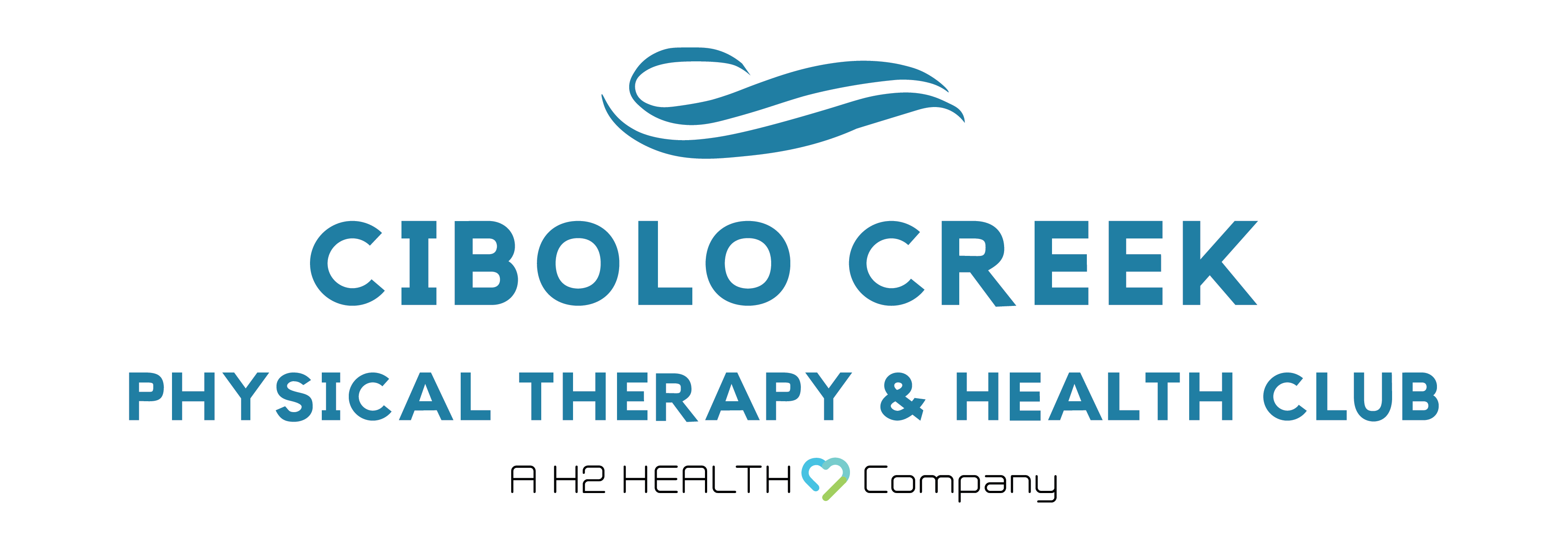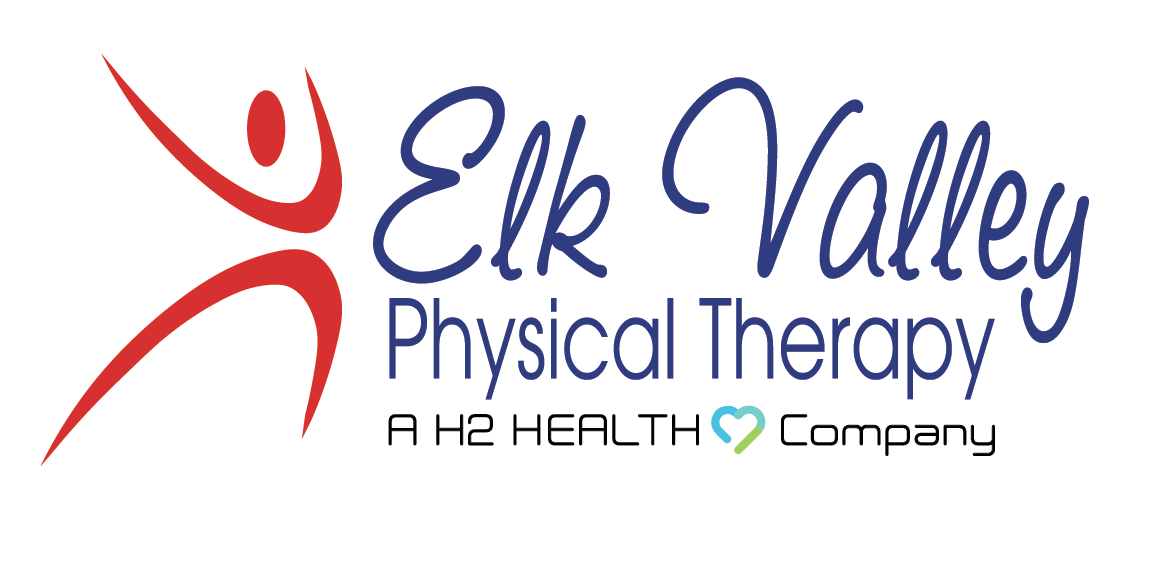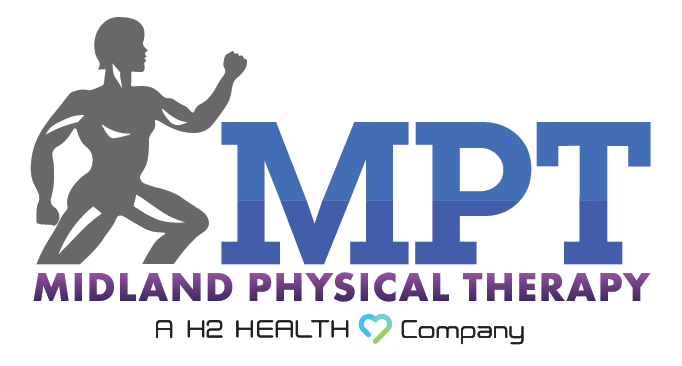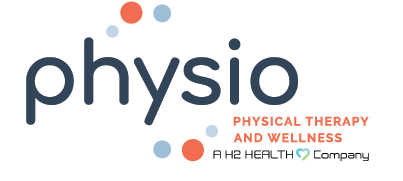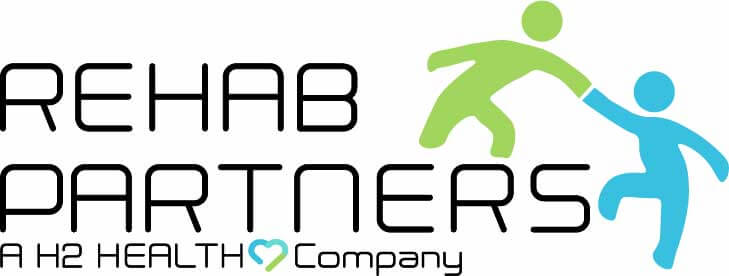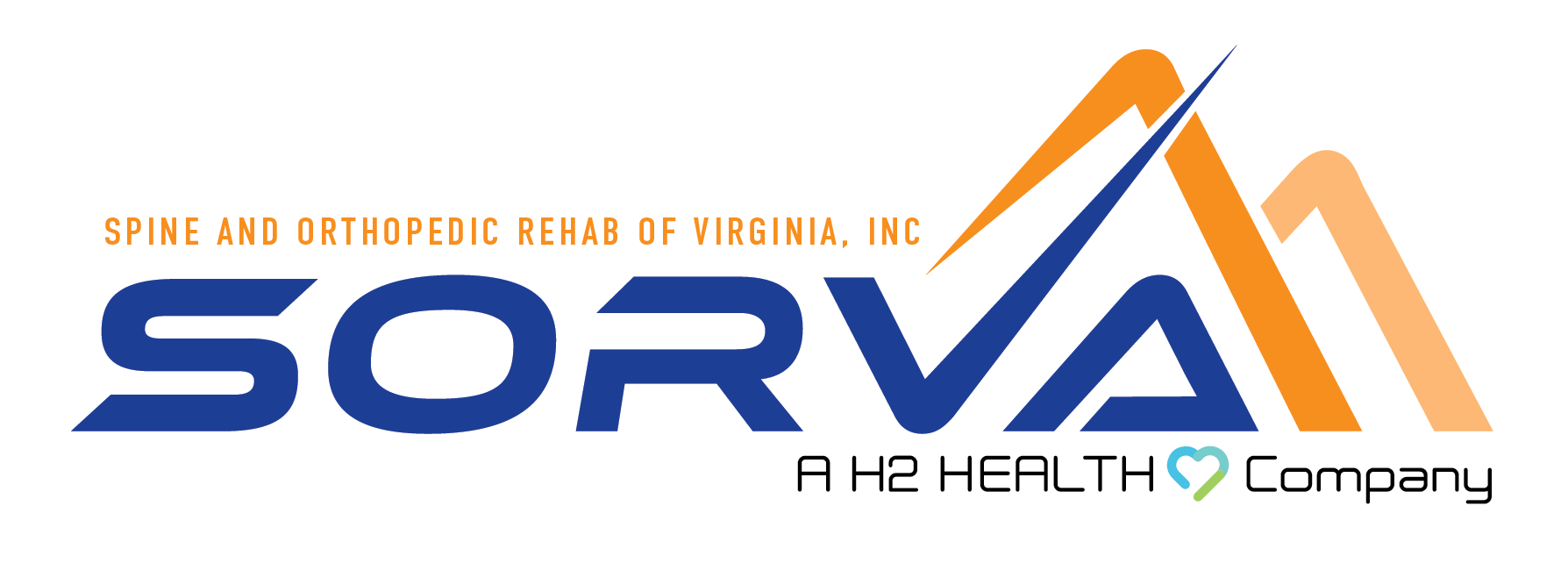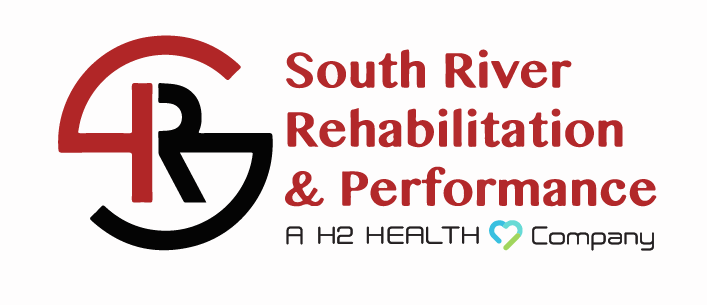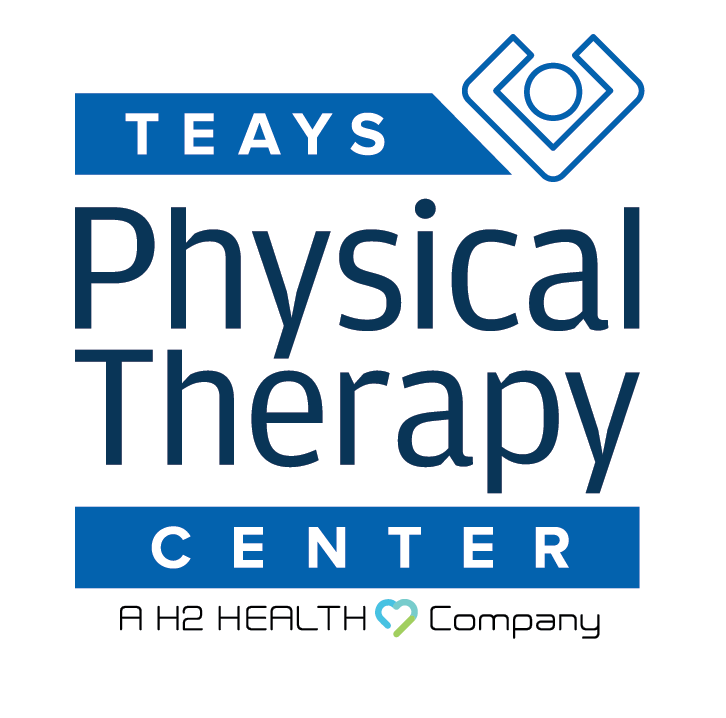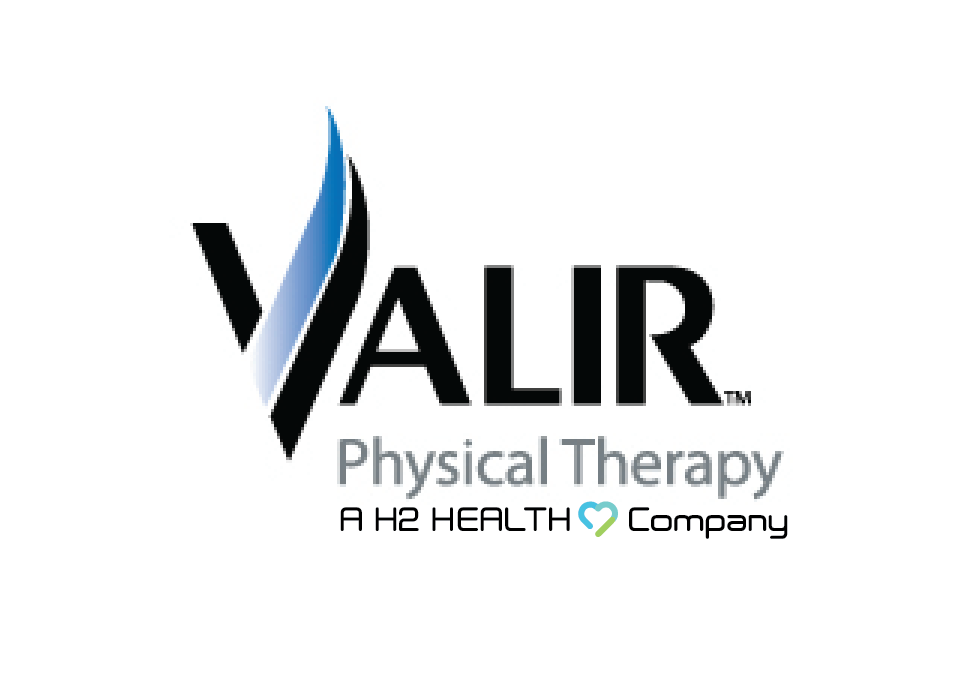Arthritis Relief
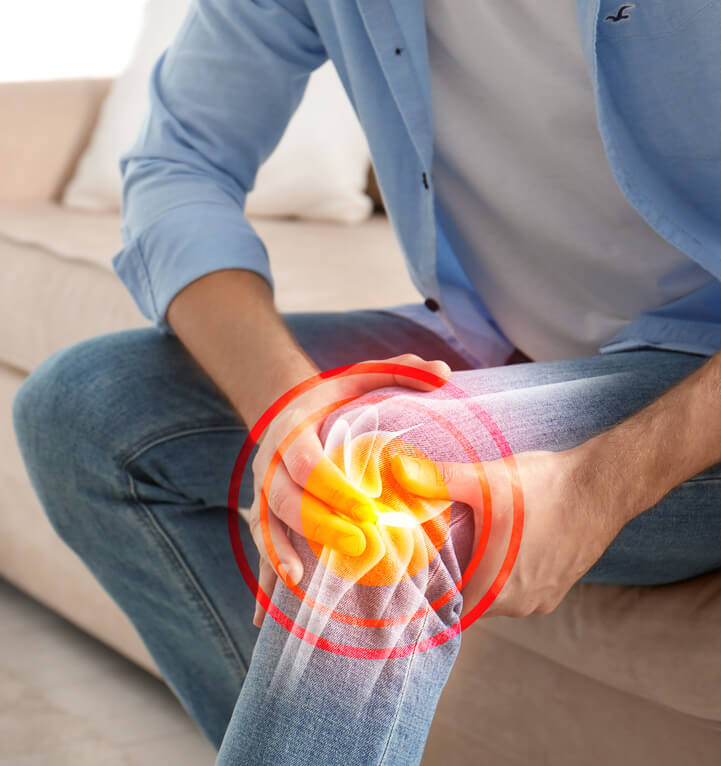
With over 100 variations of arthritis, knowing the different types and symptoms can get confusing. Arthritis in general is a term for conditions that affect the joints, tissues around the joint, and other connective tissues. While experts don't know the cause of most forms of arthritis, we know certain risk factors such as obesity, smoking, and joint injuries contribute.
- An estimated 1 in 4 US adults have arthritis. Experts believe that number will grow as our nation’s population gets older.
- Arthritis is a leading cause of disability.
- 1 million people are hospitalized every year due to arthritis.
Physical and occupational therapy is a great way to manage pain related to arthritis. There is no cure for arthritis, but it can be treated and managed. Therapy incorporates:
- Range of Motion Exercises
These gently move joints through their entire range of motion to reduce stiffness and improve mobility. Examples include gentle stretching and yoga. - Aerobic Exercise
These exercises create repeated motion, moving the fluid in the joints and bringing blood flow to the area to reduce pain. This is also good for weight loss which is proven to reduce joint stress. - Strength Training
This training decreases pain, improves strength, and improves function. Stronger muscles around the affected joints provide better support and protection.
Common Type of Arthritis
Osteoarthritis (OA) is the most common form of arthritis. Some people call it a degenerative joint disease or “wear and tear” arthritis. It occurs most frequently in the hands, hips, and knees. With OA, the cartilage within a joint begins to break down and the underlying bone begins to change. These changes usually develop slowly and get worse over time. OA can cause
pain, stiffness, and swelling. In some cases it also causes reduced function and disability; some people are no longer able to do daily tasks or work. Signs of OA include...
- Pain or aching
- Stiffness
- Decreased range of motion (or flexibility)
- Swelling
Rheumatoid arthritis, or RA, is an autoimmune and inflammatory disease, which means that your immune system attacks healthy cells in your body by mistake, causing inflammation (painful swelling) in the affected parts of the body. RA mainly attacks the joints, usually many joints at once. RA commonly affects joints in the hands, wrists, and knees. In a joint with RA, the lining of the joint becomes inflamed, causing damage to joint tissue. This tissue damage can cause long-lasting or chronic pain, unsteadiness (lack of balance), and deformity (misshapenness). RA can also affect other tissues throughout the body and cause problems in organs such as the lungs, heart, and eyes. Common symptoms of RA include...
- Pain or aching in more than one joint
- Stiffness in more than one joint
- Tenderness and swelling in more than one joint
- The same symptoms on both sides of the body (such as in both hands or both knees)
- Weight loss
- Fever
- Fatigue or tiredness
- Weakness
Psoriatic arthritis (PsA) is a chronic, inflammatory disease of the joints and where tendons and ligaments connect to bone. Like psoriasis, PsA is associated with related health conditions (comorbidities). It can start at any age and may affect children, but often appears between ages 30 and 50. Some develop PsA first or without ever developing or noticing psoriasis. Early recognition, diagnosis, and treatment of PsA can prevent or limit the extensive joint damage that can occur in the later stages of the disease. Some common symptoms include...
- Fatigue
- Tenderness, pain, and swelling over tendons
- Swollen fingers and toes that sometimes resemble sausages
- Stiffness, pain, throbbing, swelling, and tenderness in one or more joints
- Reduced range of motion
- Morning stiffness and tiredness
- Nail changes, such as pitting or separation from the nail bed
- Redness and pain of the eye (uveitis)
HOW DOES THERAPY HELP?
Arthritis can be managed with the help of our physical therapists. We will assess your muscles and joints and create a treatment plan that addresses range of motion and strength to improve joint function and decrease pain with everyday activities.
